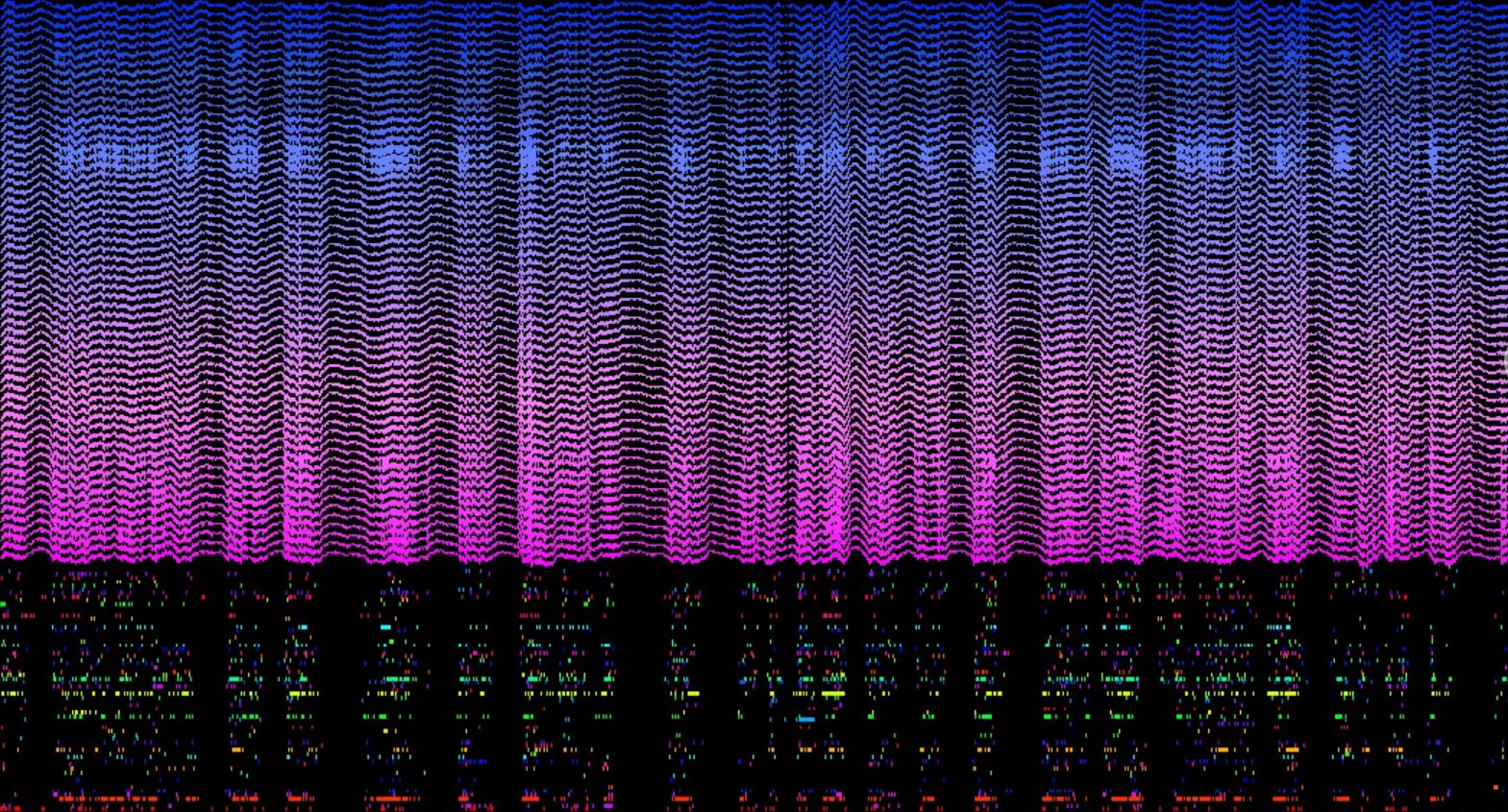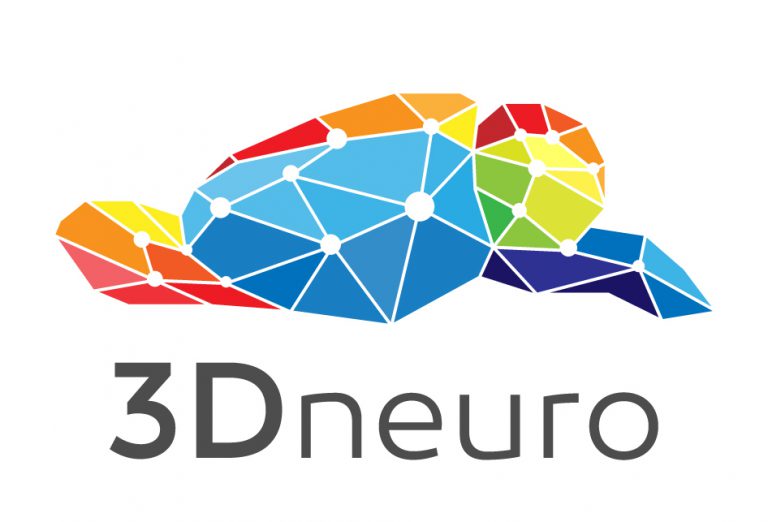
Dream data (64-channel recording during NREM sleep, retrosplenial cortex) Credit: Sofia Skromne Carrasco and Adrien Peyrache
Our mission
“In design, the form is what is under control of the designer, and the context is everything else that will come into contact with the form. Fit is the property by which the form and its context are in harmony.” (Christopher Alexander)
In the broader sense, our mission is to aim for harmony by creating designs that fit within the context of complex scientific experiments. This design approach directly results in cost/time savings, improving the accessibility of research tools. Using this approach, we focus on our domain of expertise, systems neuroscience. In a nutshell, our mission is 4-fold:
Economic – Reduce barrier to entry for using cutting-edge brain recording techniques such as silicon probes.
Design – Improve the user experience around all aspects of brain implants.
Ethical – Reduce and Refine the use of animals in brain research.
Societal – Contribute to the Commons by sharing part of our work as open source.
Below we develop these aspects in more detail.
Science is hard. Let’s make it easier.
Science is difficult, and failure is normal. But some parts can be made easier. Often, new ideas require experiments and equipment that did not exist before. That goes especially for a vibrant field of experimental research like systems neuroscience. Under the drive to do more elaborate experiments, neuroscience is becoming increasingly more challenging on a technical level. When it comes to cutting-edge techniques like electrophysiology in behaving animals, it often seems like you have the choice between expensive ready-made solutions and hand-made equipment that comes with hidden costs in the shape of time commitment, ease-of-use, robustness etc. (Have a look at this article by Jakob Voigts of OpenEphys, explaining this thought in more detail).
Why we started
That’s where we found ourselves a few years ago. After one more broken electrode, our co-founder Martha decided she would not implant one more silicon probe until she had a system that allowed her to do so reliably – without breakage, mid-surgery surprises or signal failure. And without costing the moon. At the same time, Tim was busy refining prototypes for new 3D printed implants for rats. He had started making his own microdrives, as there were none available that would allow recovery and reuse of the expensive probes (a scary thought for a PhD student planning to work with next-generation CMOS probes of which less than a handful would exist for his research). Martha and Tim started talking and decided to collaborate to get the drives to the next level. Fast-forward two years, 3Dneuro was born.
Our focus at a glance:
No more breaking probes! Our products are designed to make electrophysiology experiments easier, faster and more robust – at a cost that is within reach for labs of all budget sizes.
More science, less engineering! Many commercially and freely available research tools just don’t fit for the experiments in mind. For many, the solution is to have a PhD student or postdoc make their own tools. While this approach looks cheaper at first, the amount of time sunk is usually enormous (time that could have been used for research). Even finding, understanding, and adjusting existing free open source solutions can take a while. And often, things will go wrong. We’ve gone through the process and want to use that expertise so that you don’t need to and can focus on the science you care about instead.
More data, better data, less animals! Animal research is a controversial topic. We would love to get to a world where it is not needed anymore. But currently, there are lots of important scientific and medical questions that cannot be answered without it. However, many researchers use outdated approaches and technologies, where modern tools could answer questions with less animals. We aim to provide implants that are easy enough so that everyone can use the best methods to answer their questions. In addition, coming from work with behaving animals, we know that with happier animals you do better science. That’s why we make our implants as light and small as possible, trying not to disturb the animals’ behavior and well-being.

